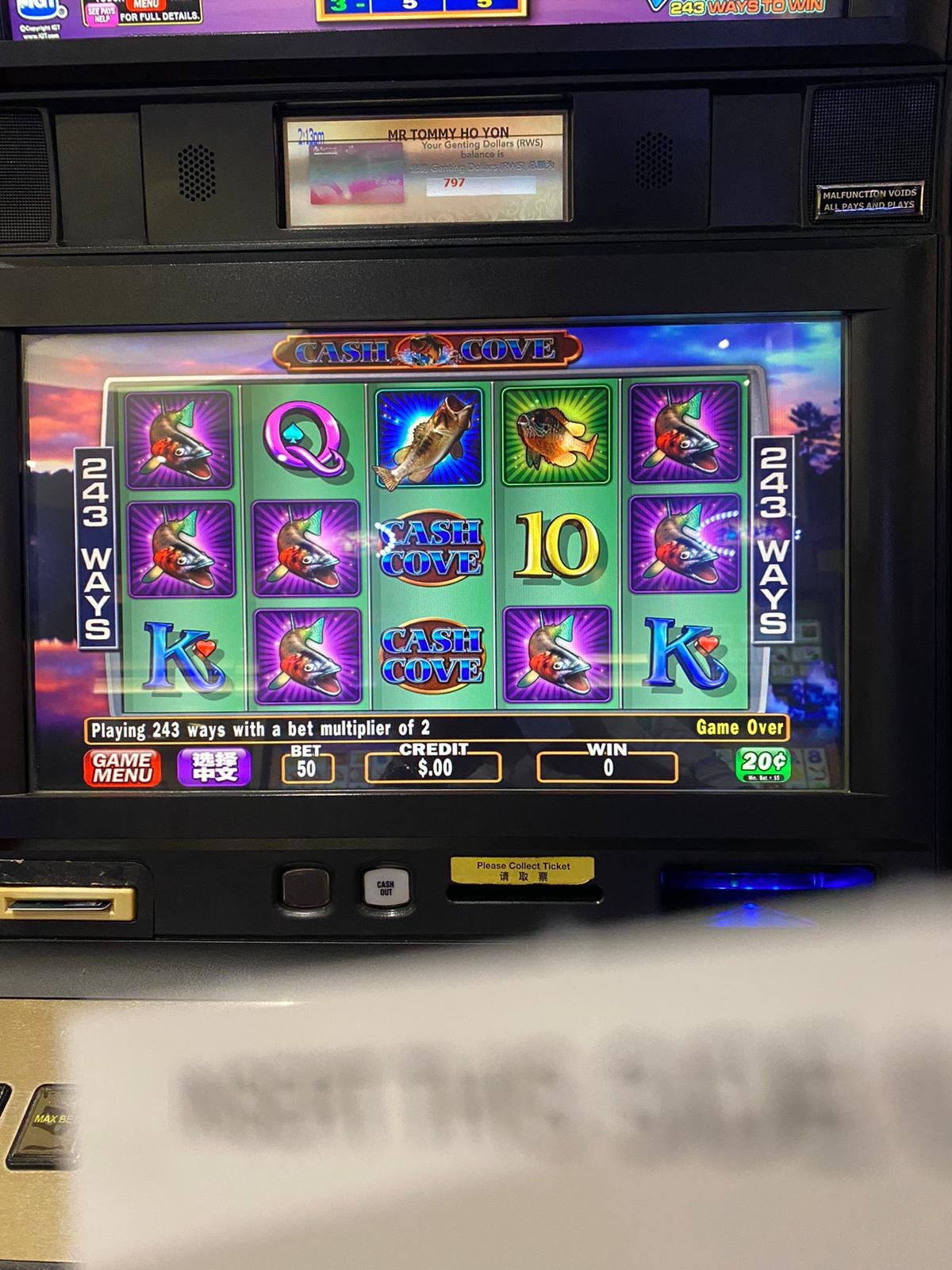
pangspurs
No personal profile
647Follow
10Followers
0Topic
0Badge
All the way, to the moon
Nasdaq and S&P 500 end at record highs; Dow rallies
USD to the moon
SGD to weaken to $1.35/USD amidst COVID-19 woes: Fitch
No fear guys, nothing can stop us
Meme stocks hit a wall on Thursday with GameStop, AMC and Clover down big
Gg loh
Sorry, the original content has been removed
Ya, apple still the number 1 in the world now
Why Apple Stock Looks Ready To Break Out In The Weeks Ahead
To the moon.. Lol
GameStop earnings, consumer inflation data: What to know this week
Great, buy buy
5 Best Dividend Stocks to Buy in August
Ya
Is Apple A Buy After FQ4 2022 Earnings? Keep Your Eyes On Services
Drop abit it's OK.. But to the moon there after
S&P 500 and Nasdaq end down after hitting record highs
Cbs
AMC and Other Meme Stocks Boom Again. What Will Erupt Next?
Ok
June Outlook: Inflation, Jobs, And The Fed Take Center Stage In Month Ahead
Ohh.. Nice
Sorry, the original content has been removed
Nothing loh
Qualcomm: What's Left For Investors After Apple's Moves
Chiong lah
XPeng Founder Lifts Stake With $30 Million Purchase After Plunge
Good article
Is Sea Limited Stock Still a Buy After Jumping 36%?
Wa liao, a see saw thug of war leh
Sorry, the original content has been removed
Omg
One Bank's Non-Transitory Inflation Meter Just Exploded
Keep a close look
Oracle, Adobe, Kroger, General Motors, and Other Stocks for Investors to Watch This Week
Nice
Snowflake stock pops after Goldman upgrade on 'generational shift'
Go to Tiger App to see more news